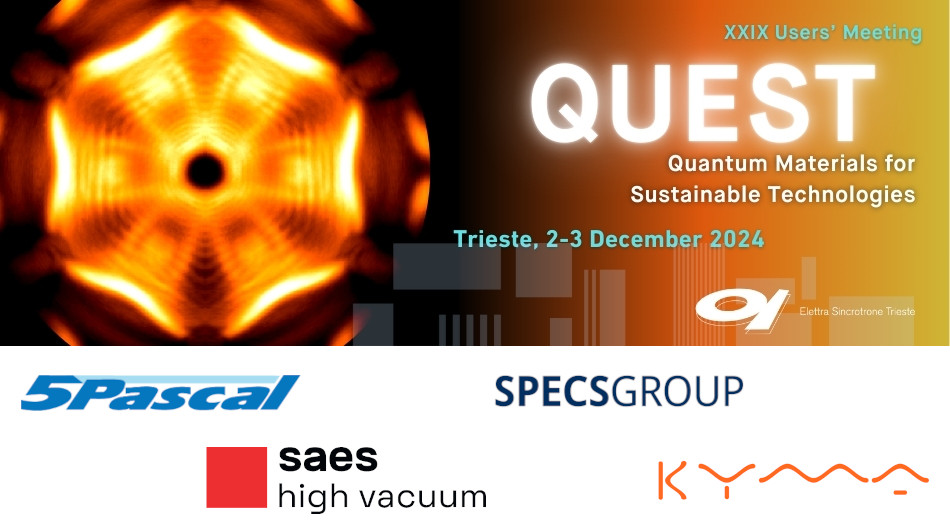Speaker
Description
Significant efforts in fundamental research have been dedicated to the study of two-dimensional metal-organic frameworks (2D MOFs) due to their potential in technological applications. These materials combine the structural flexibility of molecular systems with the ordered crystalline arrangement of solids. However, in metal-supported 2D MOFs, interactions with the substrate can significantly alter this flexibility. Consequently, the reported electronic and magnetic properties of metal-supported 2D MOFs do not exclusively reflect their intrinsic characteristics. In this study, we investigate a single-layer MOF, comprised of Ni metal ions coordinated by 7,7,8,8-tetracyanoquinodimethane (TCNQ) ligands, grown on a graphene substrate. Through a combination of spectroscopic characterization and theoretical modeling, two distinct coordination environments of transition metal (TM) centers within the 2D MOF are identified. Specifically, variations in the ligand field induce different hybridization pathways between Ni 3d orbitals and the π-symmetric molecular orbitals of the TCNQ ligands. These variations result in the coexistence of two Ni redox states: a Ni(I) state, favored by a “planar” configuration and a Ni(II) state, stabilized by a “twisted” configuration. Each state exhibits a distinct spin configuration, leading to a complex magnetic response within the system. Furthermore, we extend our study to MOFs synthesized on Au(111) and Ag(100) substrates to explore how substrate interactions influence the electronic and magnetic structure. Specifically, substrate interactions contribute to an axial displacement of the Ni metal centers in the MOF, leading to further modulations of the system properties. Our findings contribute to advancing the general understanding of MOFs and offer insights into the development of functional materials, finding applications in single-atom catalysis, molecular electronics and spintronics.

